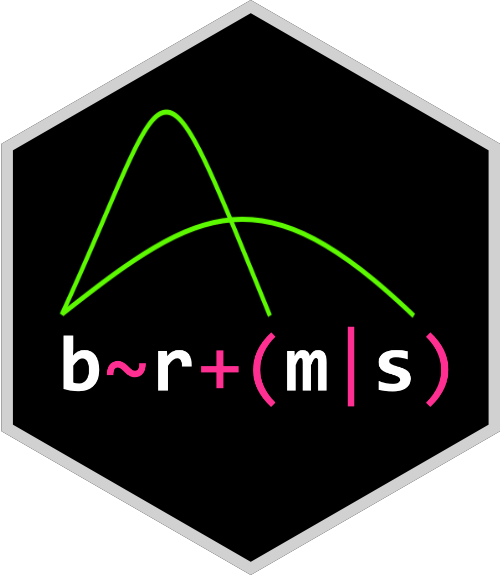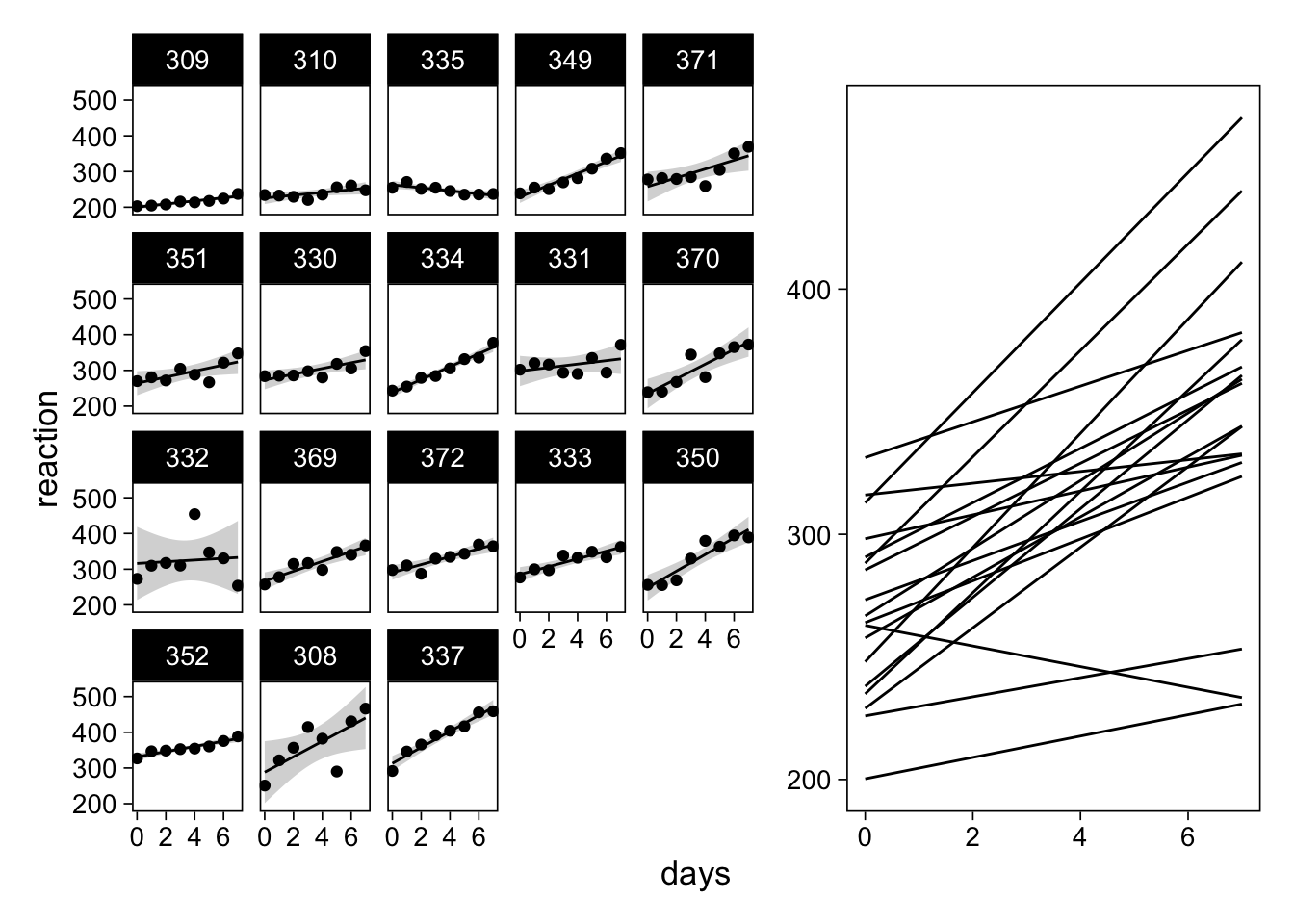Gelman, Andrew, John B. Carlin, Hal S. Stern, David B. Dunson, Aki Vehtari, and Donald B. Rubin. 2013. Bayesian Data Analysis, Third Edition. Boca Raton: Chapman; Hall/CRC.
Gelman, Andrew, Aki Vehtari, Daniel Simpson, Charles C. Margossian, Bob Carpenter, Yuling Yao, Lauren Kennedy, Jonah Gabry, Paul-Christian Bürkner, and Martin Modrák. 2020.
“Bayesian Workflow.” November 3, 2020.
https://doi.org/10.48550/arXiv.2011.01808.
Kruschke, John K. 2014. Doing Bayesian Data Analysis: A Tutorial Introduction with R. 2nd Edition. Burlington, MA: Academic Press.
McElreath, Richard. 2020. Statistical Rethinking: A Bayesian Course with Examples in R and Stan. 2nd ed. CRC Texts in Statistical Science. Boca Raton: Taylor; Francis, CRC Press.

























